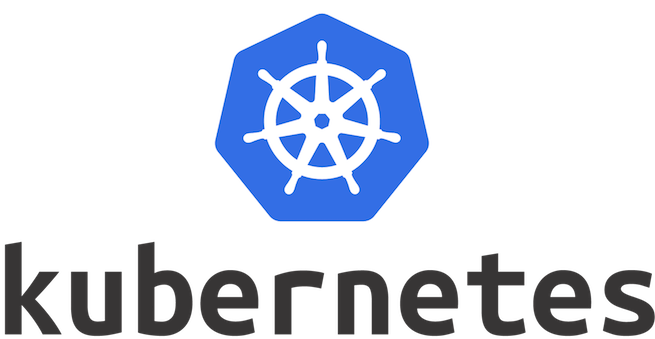Kubernetes Tutorials – Kubernetes Components. In this tutorial, we will discuss the Kubernetes Components like Master Nodes and Worker Nodes. This blog post is the second one in Kubernetes tutorials series. Let’s start learning about Kubernetes components.
Kubernetes Components
The various binary components needed to deliver a functioning Kubernetes cluster. They are:
- Master Components
- kube-apiserver
- etcd
- kube-controller-manager
- cloud-controller-manager
- kube-scheduler
- addons
- DNS
- Web UI (Dashboard)
- Container Resource Monitoring
- Cluster-level Logging
- Node components
- kubelet
- kube-proxy
- docker
- rkt
- supervisord
- fluentd
Related Article: Kubernetes Overview
Kubernetes Tutorials – Components in Kubernetes
A K8s setup consists of several parts, some of them optional, some mandatory for the whole system to function. Here we will discuss about Kubernetes components in detail.
Master Components
Master components provide the cluster’s control plane. Master components make global decisions about the cluster (for example, scheduling), and detecting and responding to cluster events (starting up a new pod when a replication controller’s ‘replicas’ field is unsatisfied).
Master components can be run on any node in the cluster. However, for simplicity, set up scripts typically start all master components on the same VM, and do not run user containers on this VM. See Building High-Availability Clusters for an example multi-master-VM setup.
kube-apiserver
kube-apiserver exposes the Kubernetes API. It is the front-end for the Kubernetes control plane. It is designed to scale horizontally – that is, it scales by deploying more instances. See Building High-Availability Clusters.
etcd
etcd is used as Kubernetes’ backing store. All cluster data is stored here. Always have a backup plan for etcd’s data for your Kubernetes cluster.
kube-controller-manager
kube-controller-manager runs controllers, which are the background threads that handle routine tasks in the cluster. Logically, each controller is a separate process, but to reduce complexity, they are all compiled into a single binary and run in a single process.
cloud-controller-manager
cloud-controller-manager runs controllers that interact with the underlying cloud providers. The cloud-controller-manager binary is an alpha feature introduced in Kubernetes release 1.6.
cloud-controller-manager runs cloud-provider-specific controller loops only. You must disable these controller loops in the kube-controller-manager. You can disable the controller loops by setting the --cloud-provider flag to external when starting the kube-controller-manager.
kube-scheduler
kube-scheduler watches newly created pods that are not assigned to any node, and selects a node for them to run on.
Kubernetes Components Tutorial
Related Article: Kubernetes interview Questions
addons
Addons are pods and services that implement cluster features. The pods may be managed by Deployments, ReplicationControllers, and so on. Namespaced addon objects are created in the kube-system namespace.
Addon manager creates and maintains addon resources. See here for more details.
DNS
While the other addons are not strictly required, all Kubernetes clusters should have cluster DNS, as many examples rely on it.
Cluster DNS is a DNS server, in addition to the other DNS server(s) in your environment, which serves DNS records for Kubernetes services.
Containers started by Kubernetes automatically include this DNS server in their DNS searches.
Web UI (Dashboard)
Dashboard is a general purpose, web-based UI for Kubernetes clusters. It allows users to manage and troubleshoot applications running in the cluster, as well as the cluster itself.
Container Resource Monitoring
Container Resource Monitoring records generic time-series metrics about containers in a central database, and provides a UI for browsing that data.
Cluster-level Logging
A Cluster-level logging mechanism is responsible for saving container logs to a central log store with search/browsing interface.
Kubernetes Components – Node Components
Node components
Node components run on every node, maintaining running pods and providing the Kubernetes runtime environment.
kubelet
kubelet is the primary node agent. It watches for pods that have been assigned to its node (either by apiserver or via local configuration file) and:
- Mounts the pod’s required volumes.
- Downloads the pod’s secrets.
- Runs the pod’s containers via docker (or, experimentally, rkt).
- Periodically executes any requested container liveness probes.
- Reports the status of the pod back to the rest of the system, by creating a mirror pod if necessary.
- Reports the status of the node back to the rest of the system.
kube-proxy
kube-proxy enables the Kubernetes service abstraction by maintaining network rules on the host and performing connection forwarding.
docker
docker is used for running containers.
rkt
rkt is supported experimentally for running containers as an alternative to docker.
supervisord
supervisord is a lightweight process monitor and control system that can be used to keep kubelet and docker running.
fluentd
fluentd is a daemon which helps provide cluster-level logging.
Source: Kubernetes Resources
Read: Kuernetes Interview Questions And Answers
Want to learn Kubernetes from industry experts?
Get register for a FREE demo on Kubernetes Training @ Contact us.

